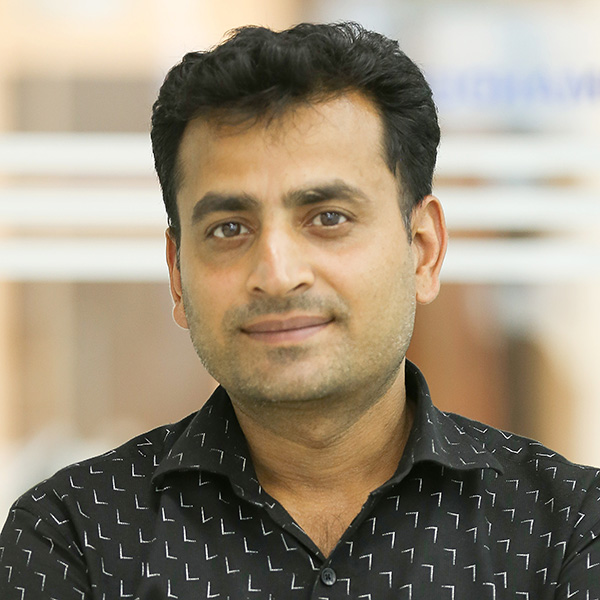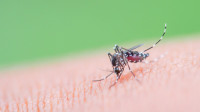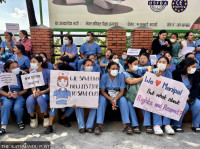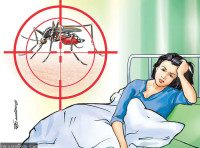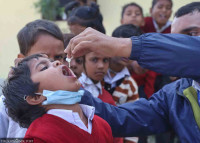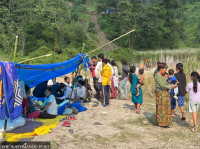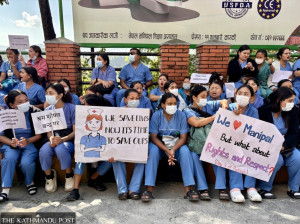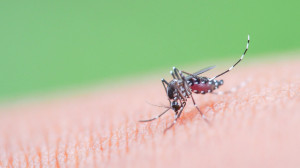Health
Water quality testing equipment, kits to be sent to all local federal units
The Epidemiology and Disease Control Division (EDCD) under the Department of Health Services has allocated budget to 753 local units across the country for the procurement of equipment and reagents to examine the quality of drinking water.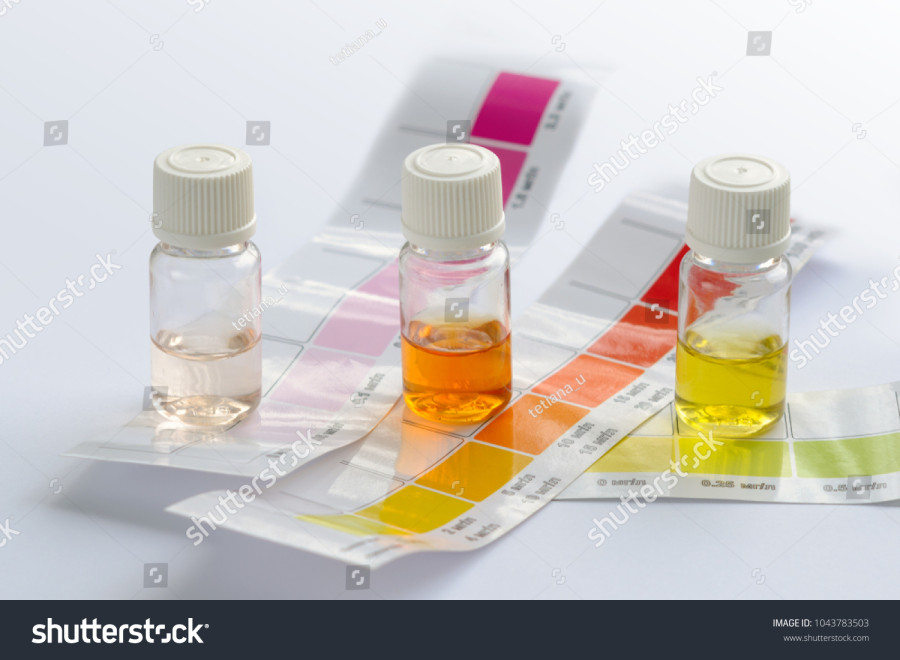
Arjun Poudel
The Epidemiology and Disease Control Division (EDCD) under the Department of Health Services has allocated budget to 753 local units across the country for the procurement of equipment and reagents to examine the quality of drinking water.
People in far flung villages in Nepal are compelled to drink unhygienic or contaminated water. Every year, thousands of people throughout the country suffer from waterborne diseases—such as diarrhea, dysentery, Hepatitis A and E, jaundice, typhoid, cholera and others—especially during the monsoons. The division hopes that the equipment and reagents will help in preventing the epidemic of waterborne diseases at the local level.
Sambhu Gyawaku, chief of Surveillance and Research Section at the division, told the Post, “We have allocated Rs100 million for the purchase of water testing equipment and reagents this fiscal year.” He said that his office had already distributed equipment to all district public health offices of provinces 1, 3, 4 and 6.
Remaining district public health offices of provinces 2, 5 and 7 will soon receive the necessary equipment, according to Gyawali, The division has purchased 71 water-quality testing equipment and reagent through last fiscal’s budget. Additionally, World Health Organization’s Nepal Office provided seven such equipment and kits to the division.
The division has been also been conducting training for lab technicians serving at the district public health offices that have already received the water testing equipment and reagents. Gyawali said that his office would provide training to lab technicians at all local levels (once health facilities).
The EDCD said that several local levels have also shown interest to purchase the equipment and reagents from their own resources.
Meanwhile, the Department of Water Supply and Sewerage said that 88 percent people throughout the country have access to basic drinking water services. Remaining 12 percent (approximately 3.6 million people) are still using unsafe drinking water directly from sources—rivers, ponds, tube wells and others.
Among the 88 percent of the total population, who have access to basic drinking water services, only 20 percent receive treated drinking water.
Purna Upadhyay, Senior Divisional Engineer at the Department, told the Post, “Those who are compelled to use drinking water directly from the sources are at risk of communicable diseases especially in the wet season.” The government had earlier planned to provide access to safe drinking water by 2017, but it recently extended the target to 2021.




 17.12°C Kathmandu
17.12°C Kathmandu